| Home | Apartment | Costalita | Shopping | Restaurants | Excursions | Activities | Markets | Golf | Actual | Contact |  |
 |
Excursions
|
|
| Excursions - short |
 - |
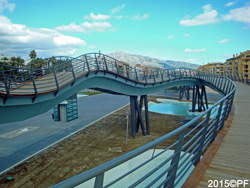 - |
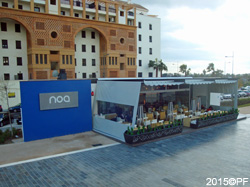 - |
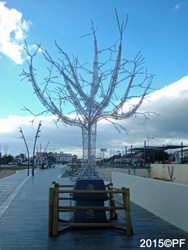 - |
|
|
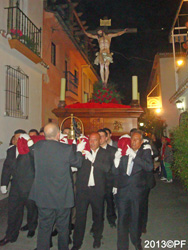 Procession in Benahavís, |
 Málaga, |
 San Pedro |
 and San Pedro |
|
|
|
|
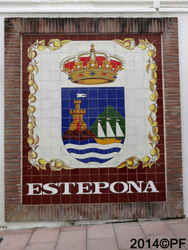 Estepona's City Arms |
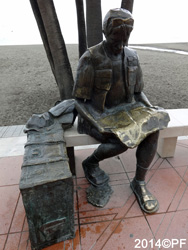 Statue "Tourist" with Swedish model |
 The Clock Tower |
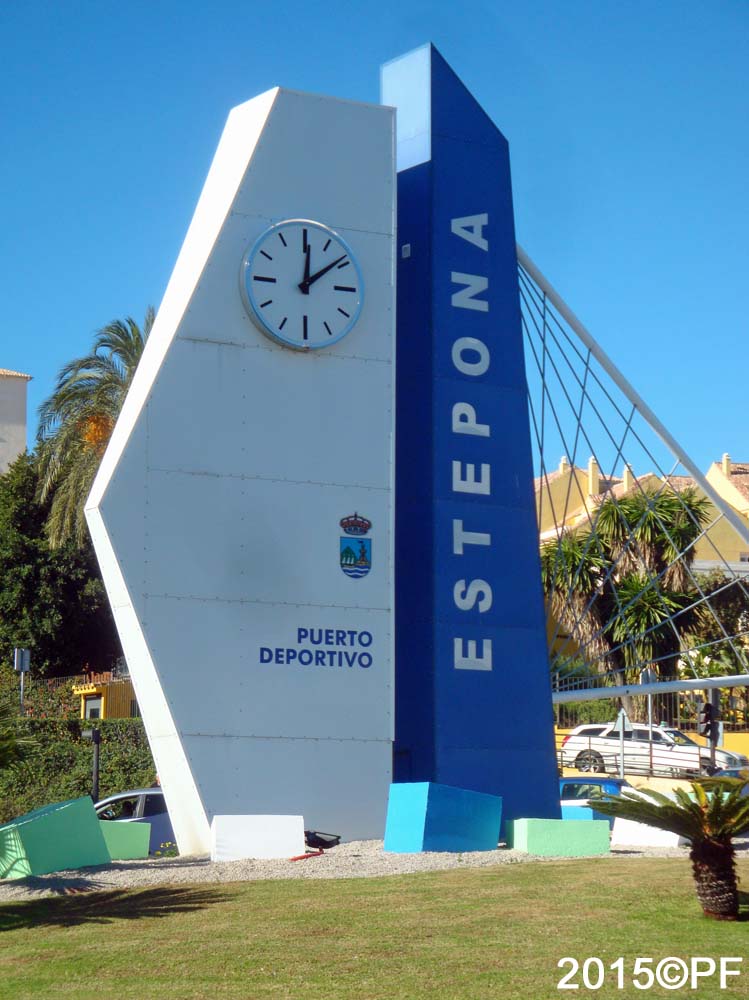 Entrance Estepona Port |
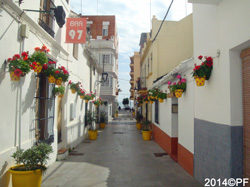 Cozy pedestrian street in the Old Town |
 Statue in memory of the Peseta |
 Castillo San Louis |
 Spectacular mural |
|
|
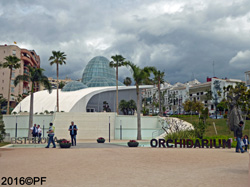 The Orchidarium |
 Here you find a waterfall... |
 ...and hundreds of orchids |
|
|
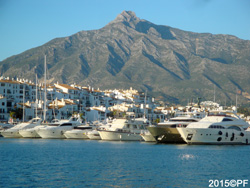 Boats in the port with La Concha in the background |
 José Banús, founder of Puerto Banús |
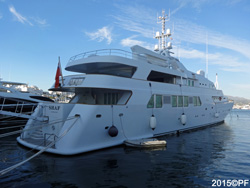 The Shaf, boat owned by the King of Saudi Arabia |
 Average size boats in Puerto Banús |
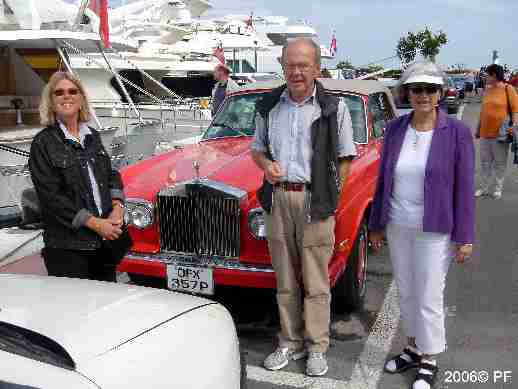 Common Car in Puerto Banús |
|
|
|
|
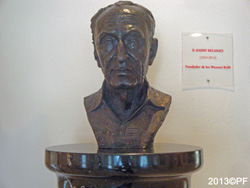 Harry Recanati (1919-2011), founder of the museum |
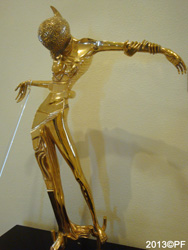 Salvador Dalí's figures are typical |
 The museum exhibits paintings as well as sculptures |
|
|
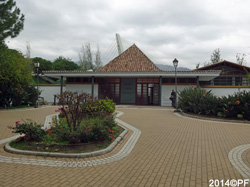 The museum is beautifully embedded in the park |
 "El Toro", over 400 years old |
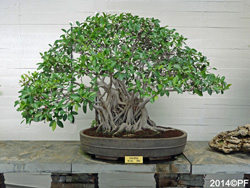 500-year-old mulberry bonsai from China |
|
|
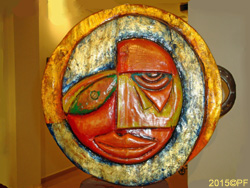 Sample of the village art |
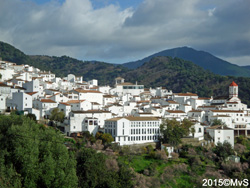 View over Genalguacil |
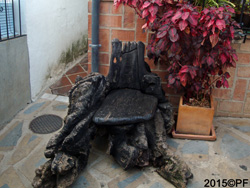 Old tree trunk became a nice chair |
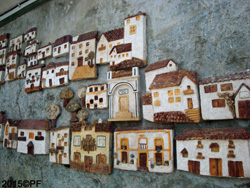 ..and another sample of the art |
|
|
 View over Casares |
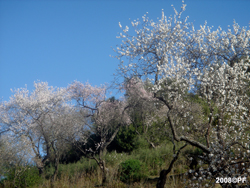 Blooming Almond Trees... |
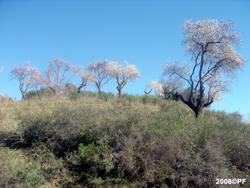 ..alongside the Casares road |
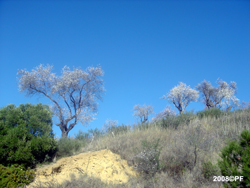 . |
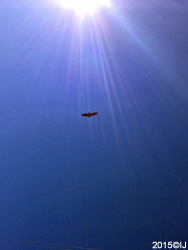 Floating bird in the sky |
|
|
 Agneta's place |
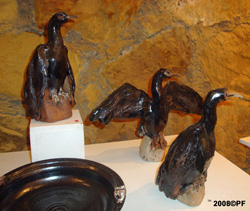 Cormorants |
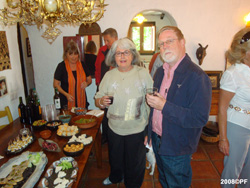 Biannual Vernissage |
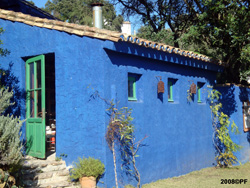 Agneta Larsen's Workshop |
|
|
 Ladies taking a Bath |
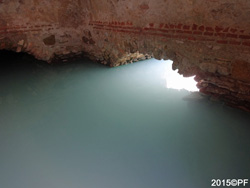 Pretty colours inside the cave |
|
|
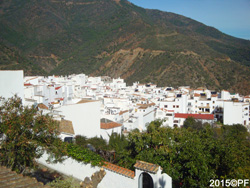 View over Istán |
 Istán, well known for its natural water springs |
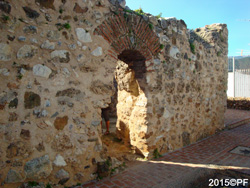 Torre de Escalante from the 14th century |
 Village church in the centre |
|
|
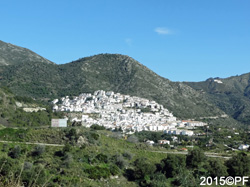 View over Ojén |
|
|
| Excursions - a little bit further away |
|
To the east |
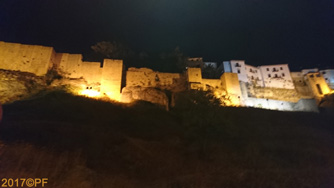 The City Wall seen from the west "by night" . |
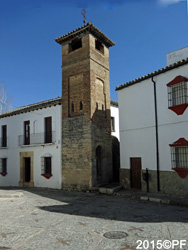 San Sebastián Minaret from the 14th century |
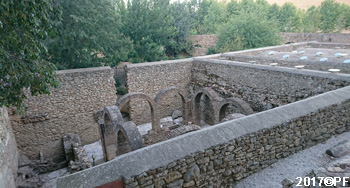 The Arabic Baths from the 14th century . |
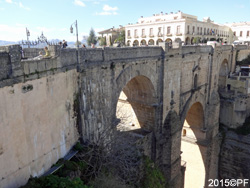 Bridge leading to the Old Town, Puente Nuevo |
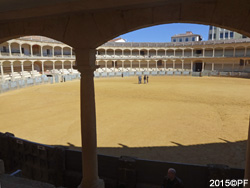 The Bullfighting Arena - from inside |
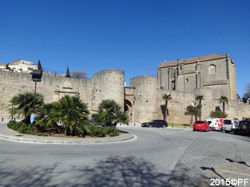 Part of the old City Wall |
|
|
|
|
|
|
|
|
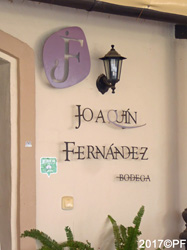 Welcome to Joaquín Fernandez |
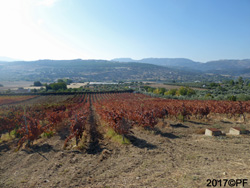 The vineyard houses almost eight acres of vine |
 The fermentation takes place in steel tanks |
 Peach coloured Blanco de Tinto to the left |
|
|
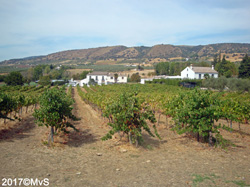 Vines on the mountain slope |
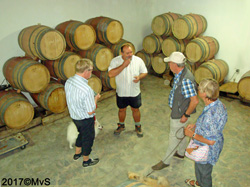 Miguel Ángel Garcia guides his guests |
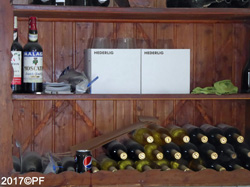 IKEA glasses are frequently used here |
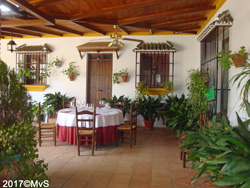 Paella is served in the shadow of the vines |
| Bodegas Garcia Hidalgo (click for more info), also a few kilometres north of Ronda, is yet another ecological vineyard, beautifully located besides the river Rio Guadalcobación, a few kilometres west of the previous vineyard. The name of the river has also influenced the family name of the wines produces here: Alcobazín. The vineyard, relatively small, is using just a little bit more than four acres for its plantations where white wines based upon Chardonnay grapes and red wines based upon Cabernet Sauvignon, Merlot and Syrah grapes are produced. |
 View over Júzcar |
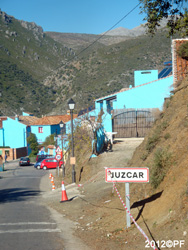 Entering the Smurf Village |
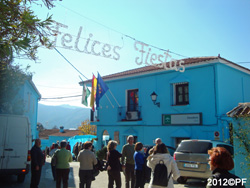 Smurfs are also celebrating Christmas |
|
|
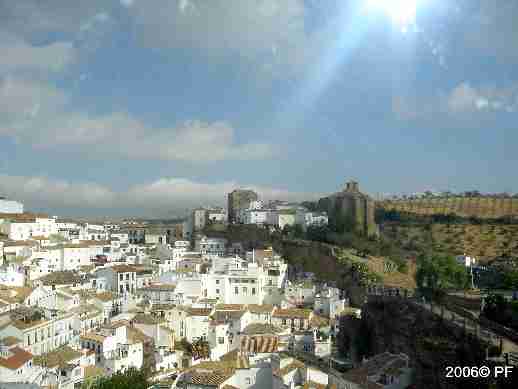 View over Setenil |
 Setenil - Main Square |
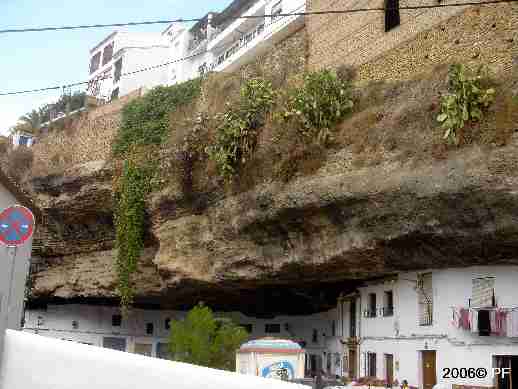 Setenil - Hanging Mountain |
|
|
|
|
 Buddha Statue in the Temple |
 The Buddhist Stupa |
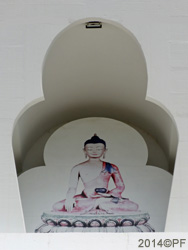 Buddha Painting in the Tower |
| The most spectacular object to visit is a genuine Tibetan Stupa, i.e., a fully functioning Buddhist temple. The Stupa is open to the public every day, except for Mondays, 10 am - 2 pm and 4 pm - 6.30 am. On Sundays there is a guided meditation at 6 pm. Entrance is free. |
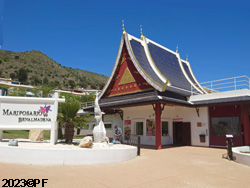 Butterfly Park |
 . |
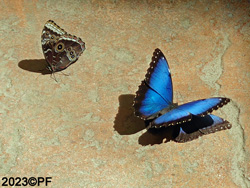 . |
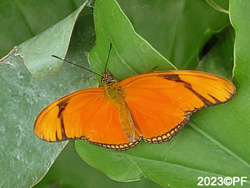 . |
| Right behind the temple there is a Butterfly Park, Mariposario, housing more than 1500 butterflies of more than 150 different species from all over the world, and all flying freely around the exotically planted grand enclosure. Besides the butterflies also other kinds of animals, such as birds, fishes and also a small kangaroo, can be seen. The butterfly park, the largest of its kind in Europe, measures some 2.000 square metres and is open daily from 10.00 am until 7.30 pm. Entrance fee is 12 Euros for adults and 9,50 Euros for children and seniors (If booked over the Internet entrance fee will be 10.50 and 8.50 Euros respectively). |
| The road down towards the sea leads to the beautiful port, rated the third most beautiful artificial leisure port in the world. Close by, in the area called Arroyo de la Miel, you will also find Sealife Aquarium, open daily from 10 am until midnight. Entrance is 17.50€. |
|
|
|
|
 The old Castle keeping an Eye on Álora |
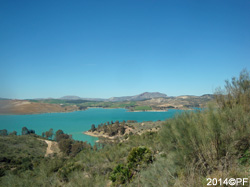 The Lake District, a popular place to go |
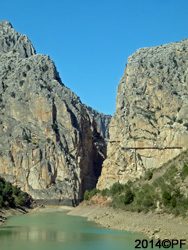 El Chorro de la Garganta |
 El Caminito del Rey |
|
|
|
|
|
|
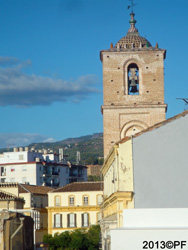 Picasso's birthhouse, seen from the Museum |
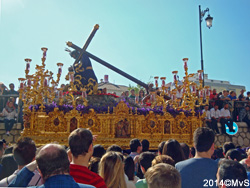 Easter procession |
 The cathedral at easter |
|
|
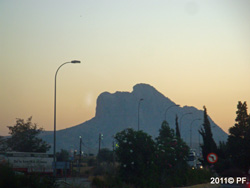 Looks like an indian, doesn't it? |
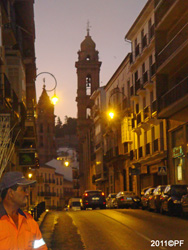 Antequera at dusk |
 Antequera's own Triumph Arch - the start of Paseo Real |
 View over Antequera |
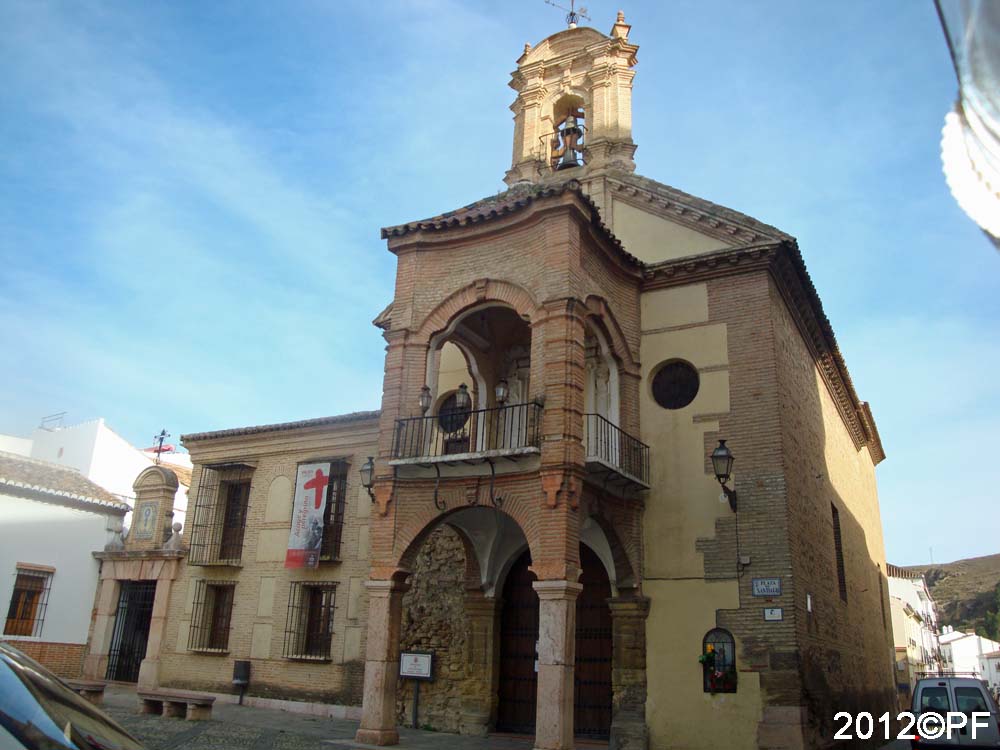 Jacob's Church (1522) at Plaza de Santiago |
|
|
| Howling wolves - LIVE |
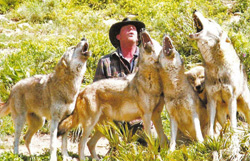 Pack leader Daniel howling with his wolves |
 Some of us are more curious... |
 The sound at full moon is the best... |
|
|
 One of Antequera's 'Dolmens' |
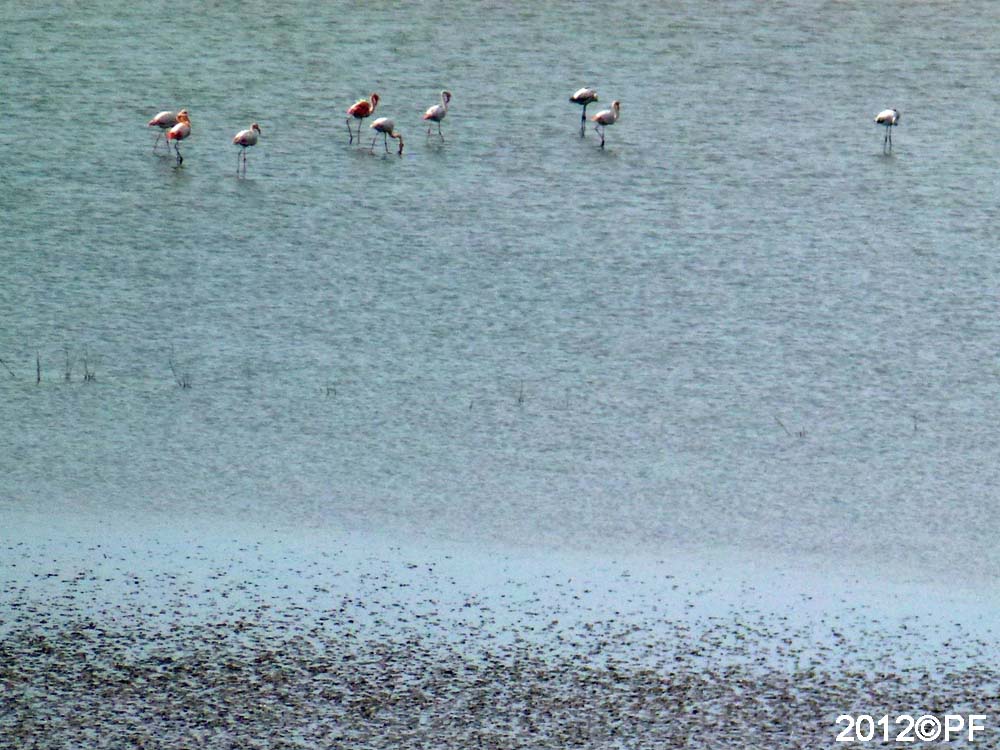 Flamingos in Fuente de Piedra Photo Jan Werding |
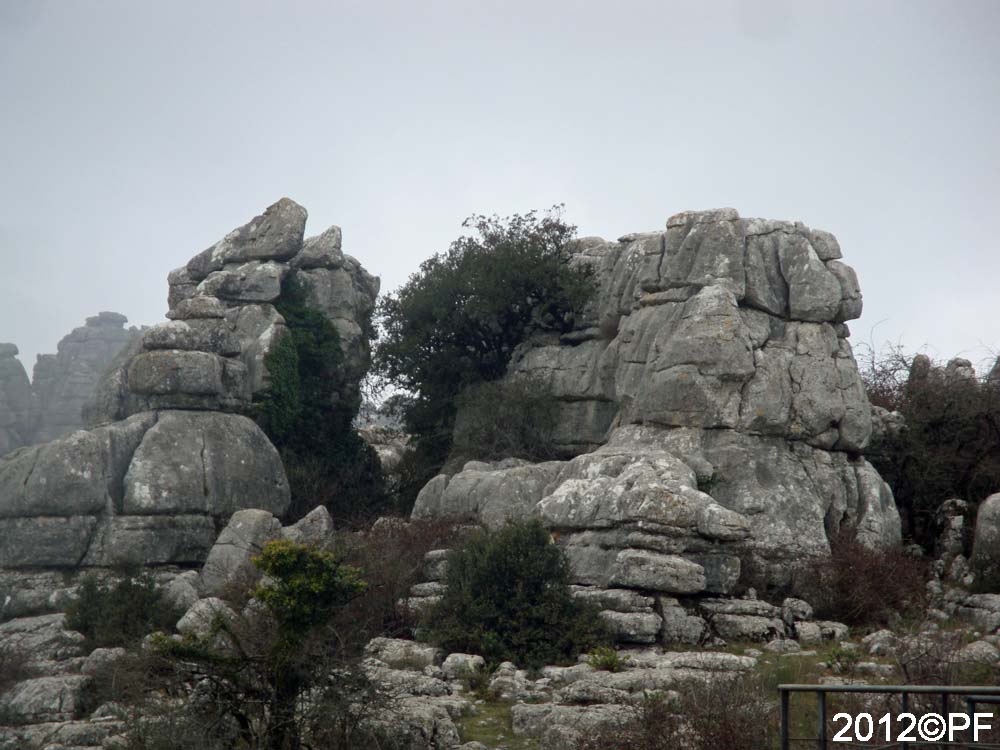 El Torcal |
|
|
|
|
|
|
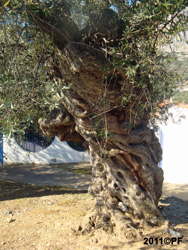 1000-year old Almond Tree |
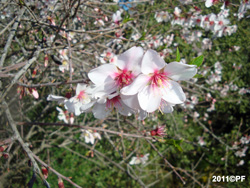 Almond flowers in February |
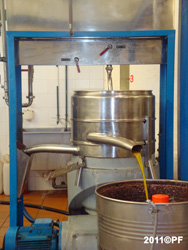 Interior of an Olive Oil plant in Alfarnate |
|
|
|
|
|
|
|
To the west |
|
|
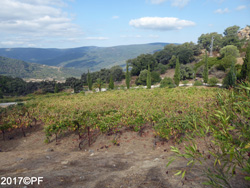 The vineyard covers roughly 10 acres.. |
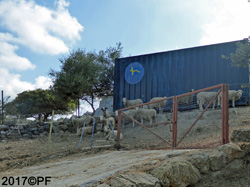 Also sheep can be found here.. |
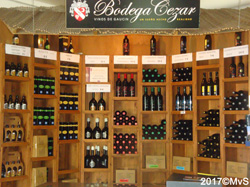 ..and of course a wine shop |
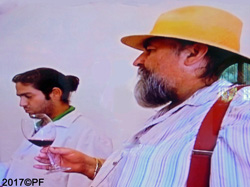 Rickard sampling his wine |
|
|
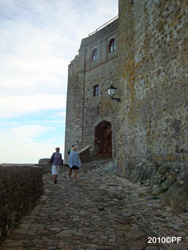 Castle entrance |
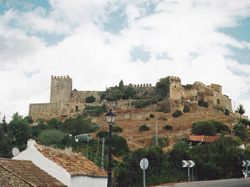 The Castle is situated at the very top of the rock |
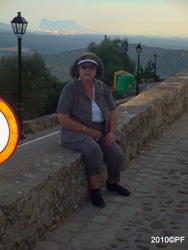 Please note Gibraltar in the background |
|
|
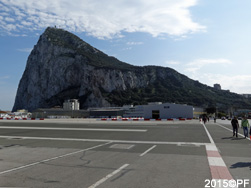 The rock seen from the airport |
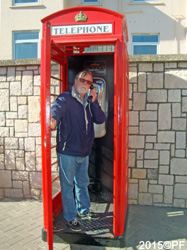 A lot of things remind one about England |
 Rock view of Algeciras Bay |
|
|
 The Hercules' Pillar Monument |
 Moorish Castle from the 8th century |
 Charles' the V wall from the 16th century |
|
|
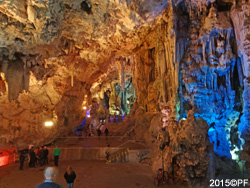 St Michael's Caves are spectacular |
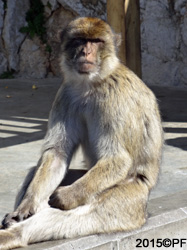 Gibraltar's ape colony is a must |
 Cannon in the Great Siege tunnels |
|
|
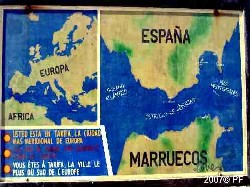 Photos from Tarifa: Torbjörn Boström |
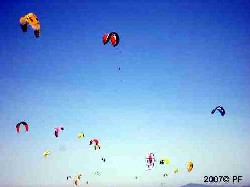 Kite surfers |
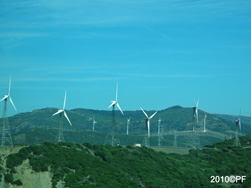 The Atlantic coast houses hundreds of windpowered mills |
|
|
 Aqueduct |
 The Basilica |
 Amphi Theater |
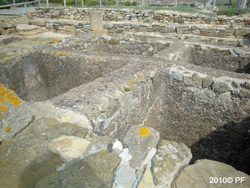 Fish Salting Plant |
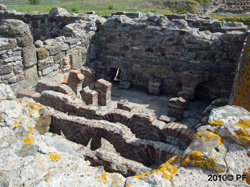 Thermal Baths |
|
|
| Excursions - whole day+ |
|
|
 Interior from Córdoba's Mezquita |
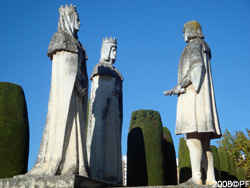 Columbus and the royal couple before going to America |
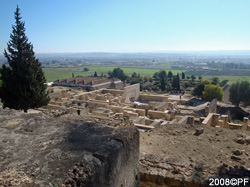 View of the ruined city Medina Azahara outside Córdoba |
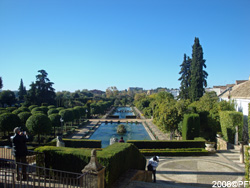 The Alcazar de Córdoba palace has beautiful gardens |
|
|
 . |
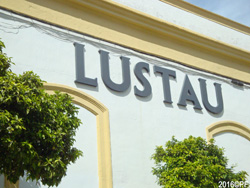 . |
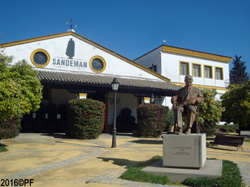 . |
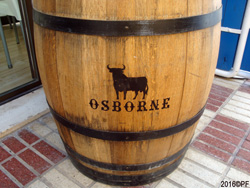 . |
|
|
| Pedro Domecq (oldest) with La Ina and Fundador, |
| González Byass (largest) with Tio Pepe, Croft, and Lepanto and |
| Osborne with Fino Quinta and Magno and finally |
| Lustau also producing quality products under their own name. |
|
|
|
|
|
|
|
|
|
|
|
|
 Alcazár Jerez de la Frontera |
 The Cathedral |
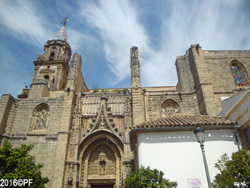 San Miguel Church |
 Beach walk in Puerto de Santa Maria |
|
|
|
|
|
|
|
|
|
|
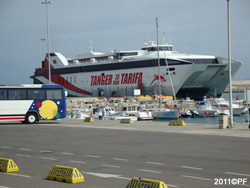 The Fast Ferry from Tarifa |
 The Atlas is snow covered most of the year |
 Former king Hassan II's tomb in Rabat |
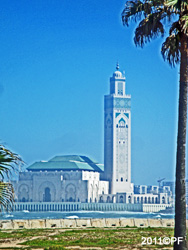 The big Mosque in Casablanca |
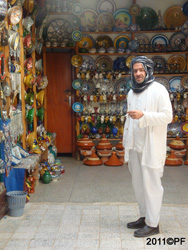 Plenty of ceramics can be found |
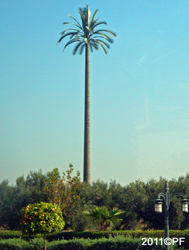 Mobile phone mast disguised as a palm tree |
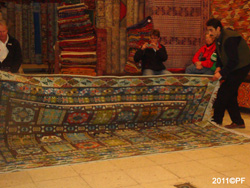 Carpets can be a bargain in Morocco |
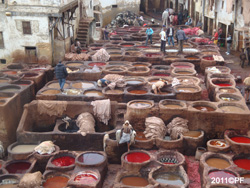 Skin colouring in Fès |
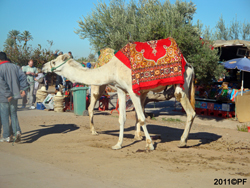 A camel ride is within reach |
|
|
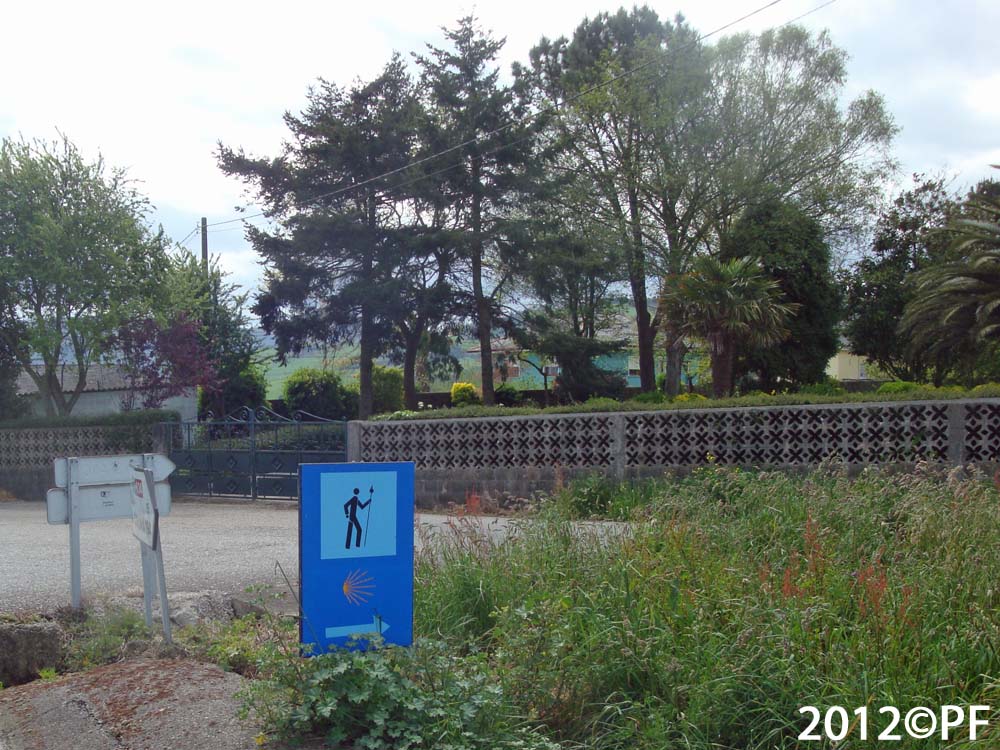 The pilgrim route is easy to follow |
 The Cathedral in Santiago de Compostela |
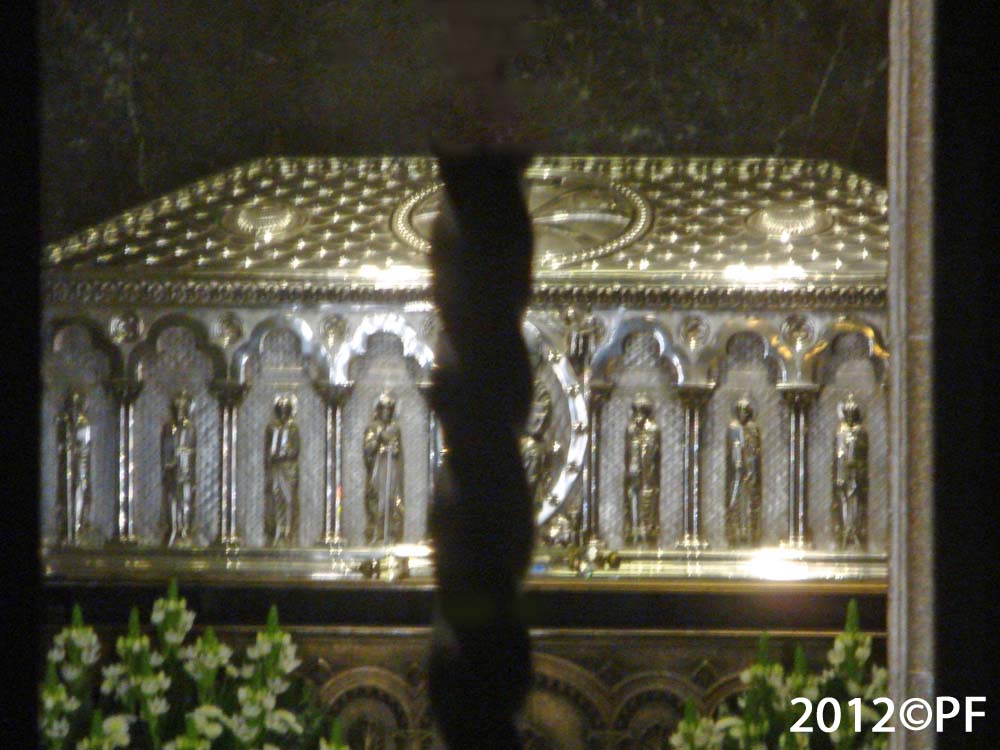 The chest containing Saint James' remains |
|
|
 The "Pilgrimage" can be made in a number of ways |
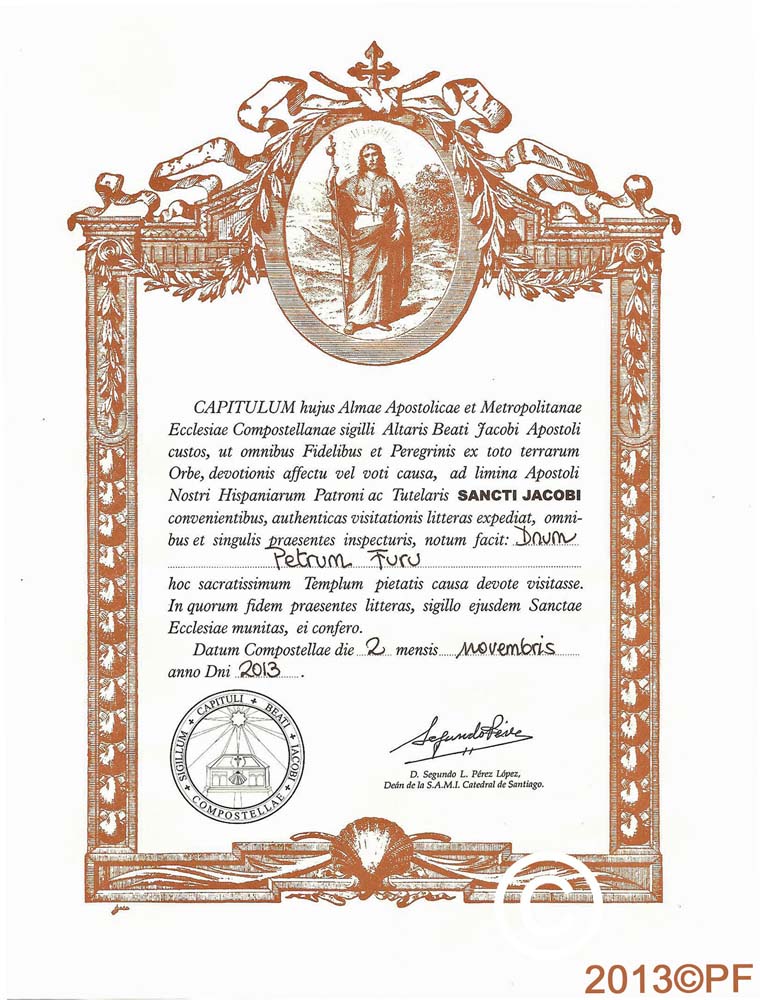 ""La Compostela" - the certificate |
 The route passes, among others, old Roman bridges |
|
|
 The Guggenheim Museum is situated down by the river |
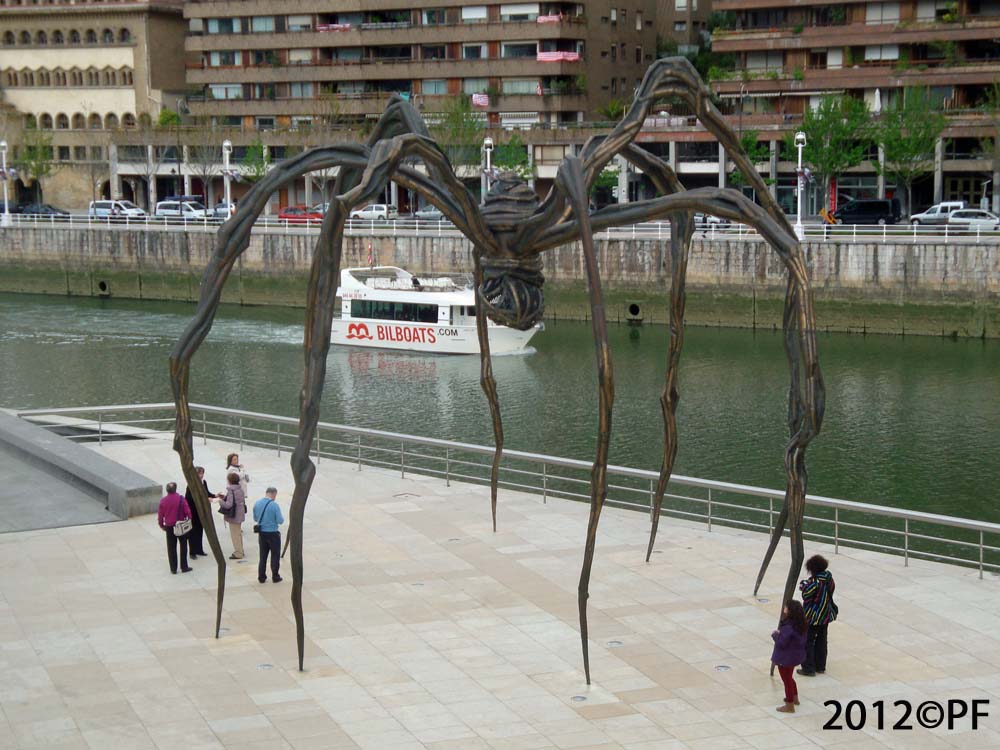 Maman, by Louise Bourgeois, next to the Guggenheim |
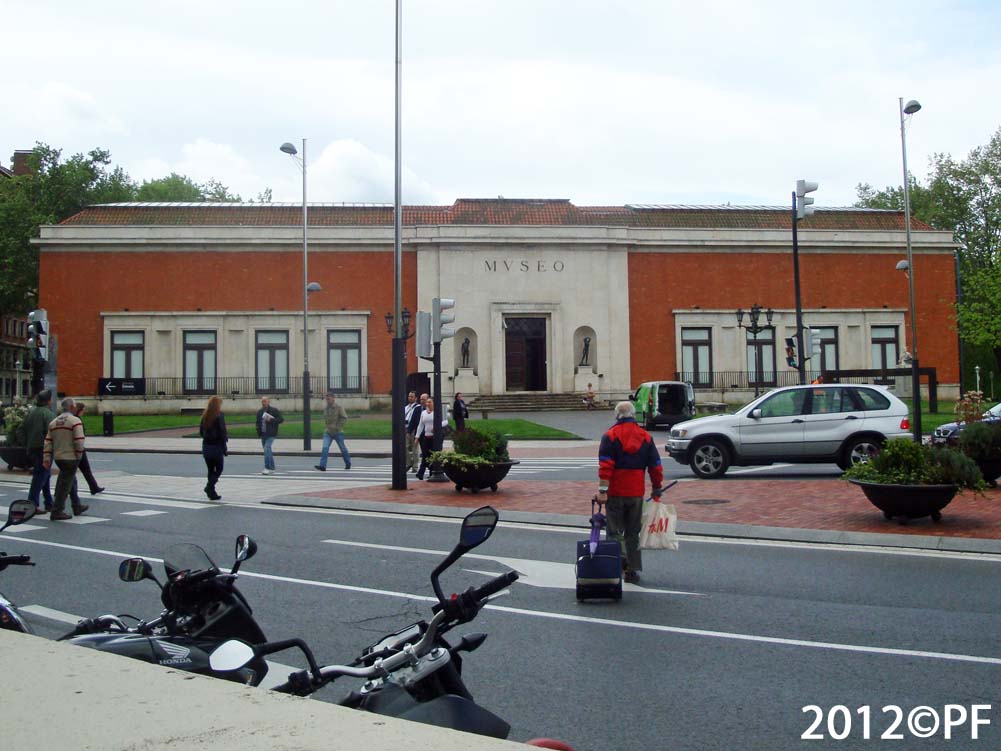 Bellas Artes, art museum |
|
|
|
|
|
|
 The beach walk |
 San Sebastián cathedral |
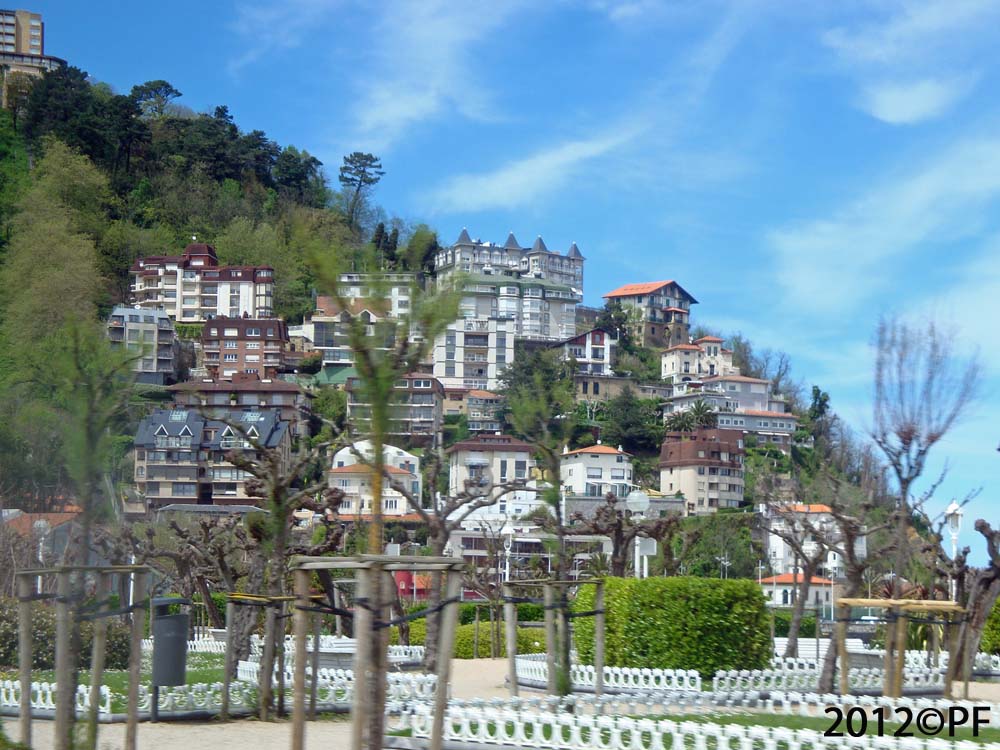 Villas with wonderful views |
|
|
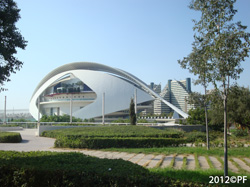 L'Hemisfèric |
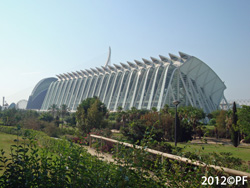 Museu de les ciències |
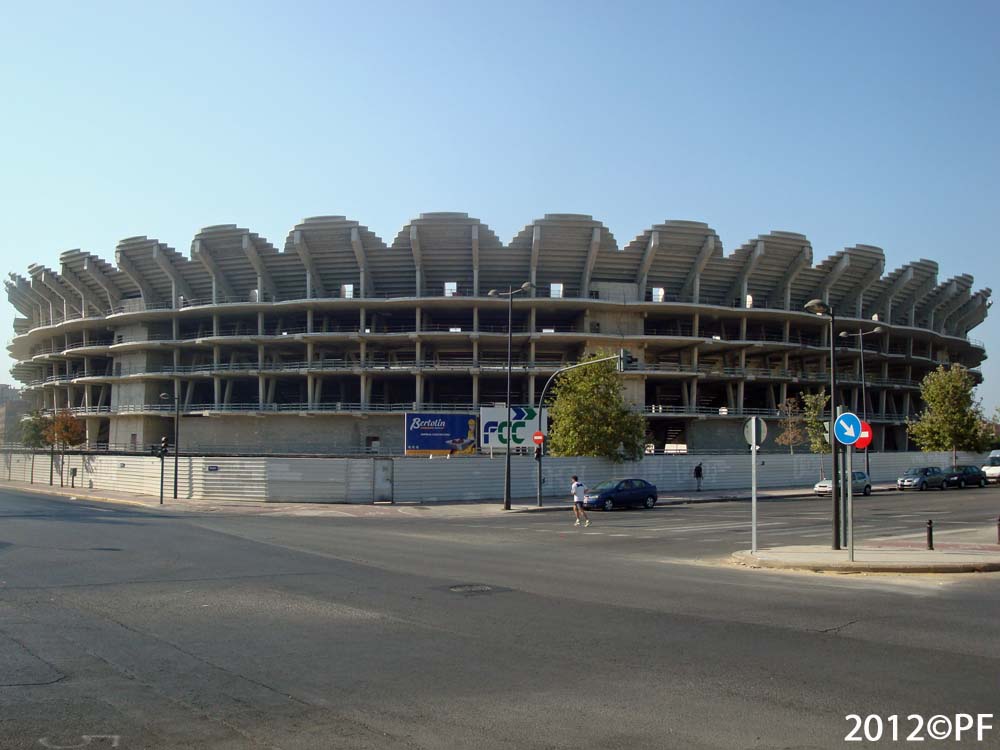 Valencias coming football stadion |
|
|